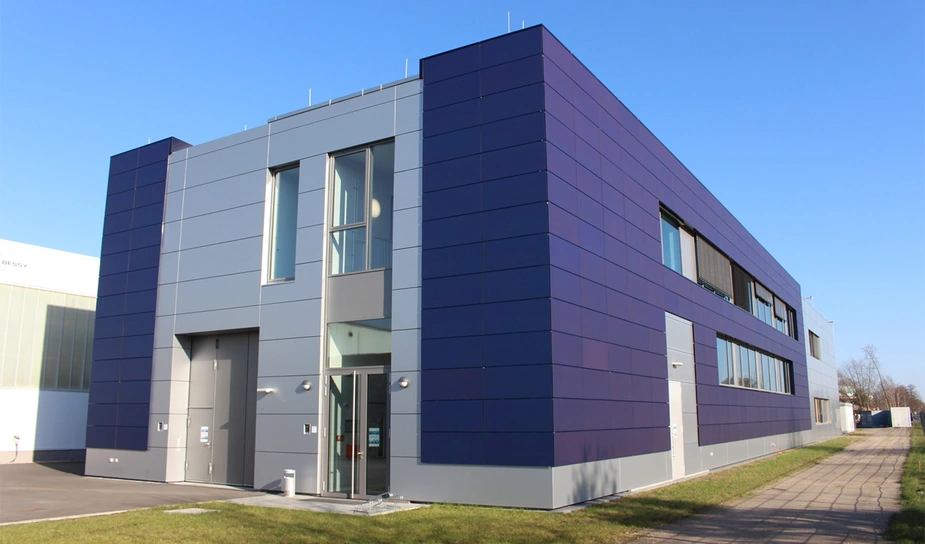HZB's Photovoltaic living lab reaches the 100 Megawatt-hour mark
The solar facades of the building in Adlershof provide insights into building-integrated photovoltaics
About three years ago, the living laboratory at HZB went into operation. Since then, the photovoltaic facade has been generating electricity from sunlight. On September 27, 2024, it reached the milestone of 100 megawatt-hours.
Solar facades offer untapped potential for generating clean electricity. How much they actually deliver and which environmental factors play a role are being studied at HZB's real laboratory. The facade elements installed there have now reached the 100-megawatt-hour mark.
This amount of energy is enough to supply a four-person household in Germany with clean electricity for 30 years. At HZB, the electricity generated by the laboratory’s solar facade is used entirely on-site, which makes the facility particularly economical. According to initial estimates, the additional costs compared to a conventional facade have amortized after 18 years.
What is the Living Lab?
It is a research building on the BESSY II location in Berlin-Adlershof equipped with a photovoltaic facade. A total of 360 frameless, blue-coated modules were installed on the south, west, and north facades of the building. Particular emphasis was placed on ensuring the solar facade elements are aesthetically pleasing.
The living laboratory is equipped with 120 measuring points and sensors for monitoring among others temperature, solar radiation and ventilation. This allows the behavior of the solar modules and the entire PV facade system to be evaluated under different seasonal and weather conditions over a long period.
Findings contribute to the building-integrated photovoltaics advisory service
These insights directly contribute to advisory services, benefiting society as a whole. HZB operates the independent advisory service for building-integrated photovoltaics (BAIP). Experts provide advice to architects, builders and urban planners on technologies, products, design options, technical feasibility, and legal frameworks.
Contact
Helmholtz-Zentrum Berlin für Materialien und Energie
Maximilian Riedel
Leader Living Lab
+49 30 8062-18157
Email
Press release HZB, 27 September 2024
